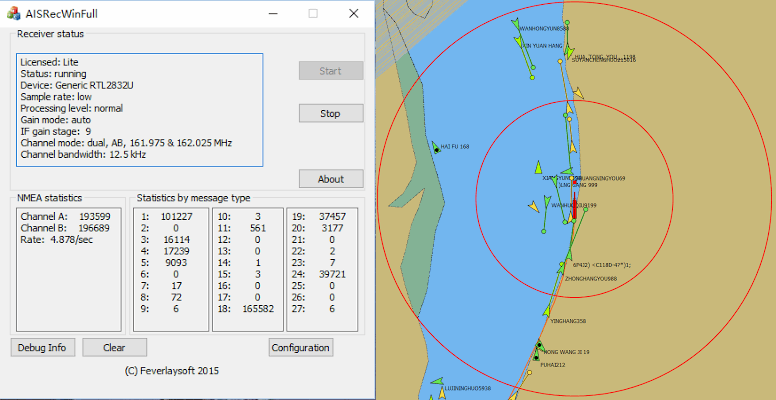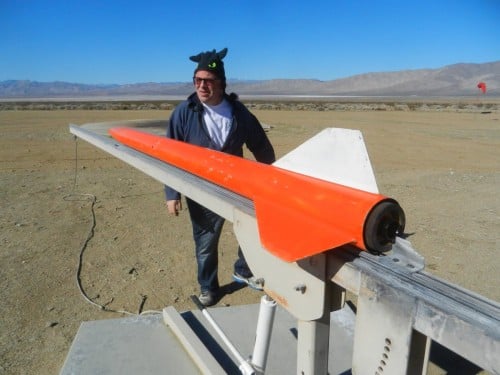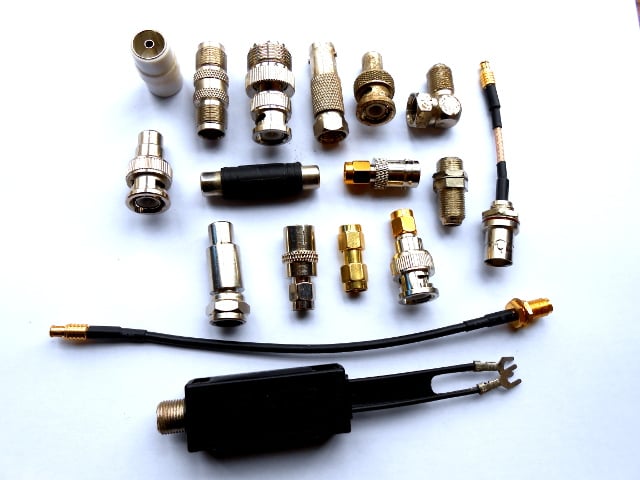In the Past Year, a new 4th Generation SDR Architecture has emerged that not only bests Legacy Radios with better performance but has ergonomic advantages so that Contesters and DXer’s can finally make SDR’s their first choice. The talk will cover the rapidly accelerating pace of evolution of SDR Technology through Four Generations of SDR Architectures with examples of Amateur Radio products using each architecture.
SDR Technology has captured the imagination of Amateur Radio Operators who increasingly chose SDR’s when buying a new radio. This trend has become so dominant in the USA that Legacy Radio Manufacturers have started to mislabel Legacy Radios as SDR’s to try to recapture lost sales from the uninformed. The presentation will define what is an SDR and show where Legacy technology is not an SDR.
There are now Four Generations of SDR Architectures. First Generation SDR Architectures became economically and technologically feasible for amateur radio applications around 2000. Since then the pace of evolution of Amateur Radio SDR Architectures has begun to accelerate rapidly with Second Generation Architectures emerging in 2009, Third Generation Architectures in 2012 and most recently the very exciting Fourth Generation SDR Architectures in 2014. The presentation will define each of these architectures, explain how technological developments have caused them to happen and review the strengths and weaknesses of each architecture.
In order to make the presentation relevant to Amateur Radio Operators, the presentation will include products (with relative pricing where practical) currently on the market that are representative of each of the SDR architectures. Perhaps the most exciting development for amateur radio operators in the past year has been the emergence of a new 4th Generation SDR Architecture that not only bests Legacy Radios with better performance but has ergonomic advantages so that Contesters and DXer’s can finally make SDR’s their first choice.
This talk is about using the reflections of FM-radio and GPS satellites signals to do passive radar.
With passive radar you can analyze everything that reflects radiowaves without transmitting anything yourself. The airplanes, cars, buildings, amount of rainfall, the condition of the atmosphere layers, ionized gases, landscape layout, ocean waves, meteorites or individual humans or machines moving inside or outside buildings. Even most stealth airplanes can be detected by passive radar when the signals of distant transmitters are reflected down to the receiving passive radar station.
With the building blocks, normally used for implementing Software Defined Radio Systems you can also do very interesting signal analysis. You can use the opensource toolkits GNU Radio (SDR) + Octave (math) + your own code to analyze the direct path and reflections of any kind of wireless signal. You can use this to do passive radar, which is the art of generating a radar image by analyzing the reflections of signals you have not transmitted yourself. You need to be able to somehow obtain an estimate of the original transmitted signal without reflections, and compare/correlate that to the signal with reflections. Then use the time of arrival, phase, Doppler shift and direction of arrival to determine the exact location, speed and strength of (the source of the) refection, and thus generate a passive radar image.
András Retzler, HA7ILM: OpenWebRX, a Multi-User, Web-Based SDR Receiver Application
Software Defined Radio technology is getting more and more popular among amateur radio operators and hobbyists, as several different universal SDR receiver devices have become available recently. OpenWebRX is a software made for those who want to set up remote SDR receiver stations accessible from the web. It has been developed with open-source codebase, multi-user access and easy setup in mind, to be an alternative to other similar projects (WebSDR, ShinySDR, WebRadio, etc.) It also supports cheap RTL2832U based tuners. Basically, OpenWebRX is an on-line communications receiver for analog modulations (AM/FM/SSB/CW), with a web UI on which real-time waterfall display is available. Users can select a channel within the bandwidth of the sampled signal acquired from the SDR hardware. The selected channel is demodulated on the server and the resulting audio is streamed to the browser of the user, where it is played back. Users can set receiver parameters (channel frequency, modulation mode, filter envelope) independently. OpenWebRX was written in python and JavaScript. The web interface supports multiple browsers and uses modern browser features introduced in HTML5. The digital signal processing functions were placed in a separate library, libcsdr, which has been implemented in C and can also be considered useful as a standalone package. It can perform digital downconversion, filtering and demodulation tasks on I/Q data.







